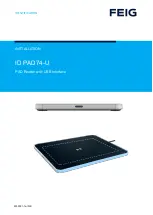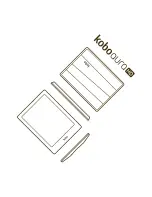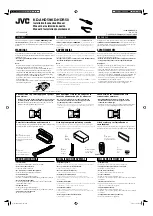
11
4. COMMAND
DETAILS
4-1
Magnetic Stripe Commands
(1)
First track read command (Model: TCP310)
General Description
This command waits the first track read of a magnetic strip encoded in the following formats.
• 7-bit + 1 parity (called 7-bit format below) Conforming to JISX6302
• 6-bit + 1 parity (called 6-bit format below) conforming to ISO 7811/2 first track
• 4-bit + 1 parity (called 4-bit format below) conforming to ISO 7811/2 second and third tracks
The starting symbol in the magnetic stripe automatically determine what format to use to read
the card.
Note that this command cannot be used with on models with one magnetic stripe (TCP300).
Details of Operation
If a card is idling in the machine, this will read the magnetic stripe on the idling card.
If there is no idling card, it will wait until one is inserted into the device, then begin to read the
card. If a card is waiting to be removed from the device, it will wait until the card is discharged.
If reading of the card fails, the device will automatically reread the card according to the number
of times that were set.
If still the card cannot be read with that set number of rereads, the values of 23h, 31h to 34h are
set to the response block status field.
After this command is issued, it is possible to read the buffer while the card is idling.
The results of the command are stored in the response block status field.
The following shows the read data string.
Format Data
Length Character
Code
7-bit format:
0 to 69 bytes of variable length data
(00h to 7Eh)
6-bit format:
0 to 76 bytes of variable length data
(20h to 5Eh)
4-bit format:
0 to 104 bytes of variable length data
(30h to 3Eh)
The magnetic stripe starting and ending symbols, LRC and parity bit are not included in the read
data string.
If a card is not inserted after this command is issued, or to cancel the command, issue the card
insertion wait status cancel command (54h).














































